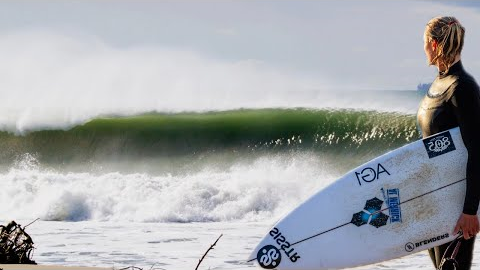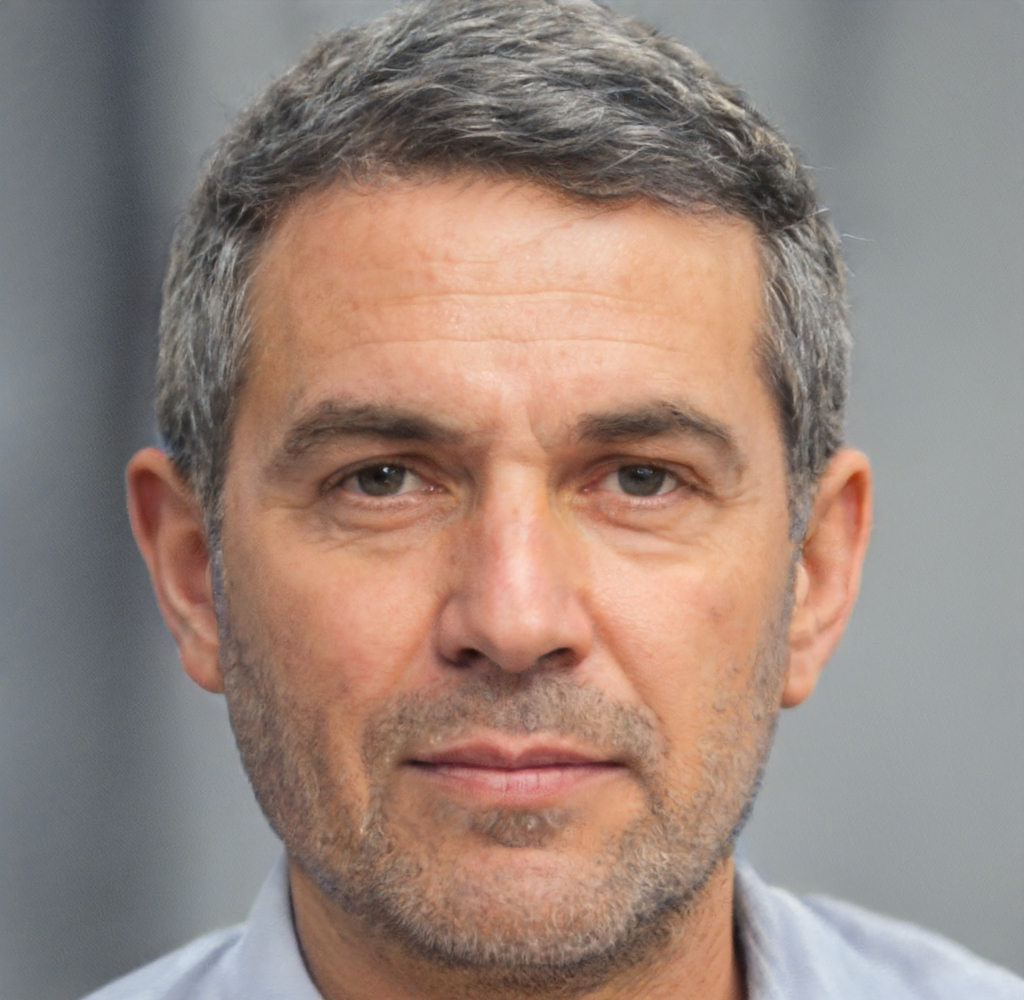Empty Barrels at Home!!!
4,522 View
Share this Video
- Publish Date:
- November 24, 2025
- Category:
- Surfing
- Video License
- Standard License
- Imported From:
- Youtube
Tags

Two days at home with Lakey Peterson, professional surfer from Santa Barbara — and somehow we stumbled into one of the most unexpectedly firing swells of the season. What was meant to be a mellow trip turned into a full-on score right in our own backyard.
Between perfect barrels, empty lineups, and testing new Channel Islands Surfboards for next season, this trip became the kind of session you don’t forget. From sunrise wake-ups to getting surprised by legit pumping waves, and ending with a Jack Johnson concert — this one had everything.
If you love surf vlogs, behind-the-scenes training, and raw sessions at home, you’ll enjoy this one. Let’s go 🤙
⸻
Chapters
0:00 — Introduction
0:30 — The Wet Morning Wake Up
1:40 — Pre-Surf Check
2:29 — Pumping Waves at Home
5:03 — Jack Johnson Concert
5:41 — Why I Absolutely Love Rincon Point
6:18 — Surfing Rincon Point
⸻
#prosurfing
#surfvlog
#PumpingWaves
#AmazingSwell
#BigBarrels
#channelislandssurfboards
#surfing #surf
#RinconPoint
#surflife
#lakeypeterson #surfstyle #femaleathlete #femalevlog #femaleathletes #wsl #freesurf #droneclips
⸻
Lakey Peterson, pro surfing, surf vlog, surf training, Channel Islands surfboards, Rincon Point, surf barrels, surfing barrels, Santa Barbara surf, Ventura surf, pumping swell, amazing swell, unexpected swell, surfboards testing, home break surf, 2025 surf vlog, surfing couple vlog, big swell, empty barrels, surf trip at home, surfing California, WSL surfer, Lakey Peterson vlog
-----------------------------------
Barrier Builders: Tidal Sediment and Erosion Sculpting Coastal Sandbar Formations and Shoals
Understanding Sandbar Formations
Sandbar formations are fascinating natural structures that play a crucial role in shaping our coastal landscapes. These underwater ridges, composed primarily of sediment, are formed by the continuous action of tides and currents. As tidal waters move in and out, they transport and deposit sediment, gradually building up these barriers and shoals that define the coastal regions.
The Role of Tidal Forces
Tidal forces are the primary drivers behind the formation of sandbars. The ebb and flow of tides create dynamic water movements that redistribute sediment along the coastline. During high tide, water levels rise, allowing sediment to spread out, while low tide exposes these sediments, leading to their accumulation in specific areas. This cyclic process is essential in shaping the barriers and shoals that protect inland areas from the direct impact of ocean waves.
Sediment Distribution and Coastal Protection
Sediment plays a pivotal role in the development of sandbar formations. The size, type, and availability of sediment materials determine the stability and growth of these structures. Fine sands tend to form extensive, gentle sandbars, while coarser materials can lead to the creation of more resilient and pronounced barriers. These sandbars act as natural buffers, absorbing wave energy and reducing coastal erosion, thereby safeguarding coastal ecosystems and human settlements.
Erosion and its Impact on Sandbar Stability
Erosion is a natural process that influences the longevity and shape of sandbar formations. Strong wave action and storm events can erode these barriers, altering their structure and position. However, erosion also contributes to the continuous reshaping and dynamic nature of coastal environments. Understanding the balance between sediment deposition and erosion is key to managing and conserving these valuable coastal features.
Barriers and Shoals: Distinguishing Features
While often used interchangeably, barriers and shoals have distinct characteristics. Barriers are elongated landforms that run parallel to the coastline, providing significant protection from oceanic forces. Shoals, on the other hand, are elevated areas of shallow water that can extend offshore, posing navigation challenges but also contributing to coastal protection. Both barriers and shoals are integral components of the complex interplay between tidal movements, sediment supply, and coastal dynamics.
The Future of Sandbar Formations
As coastal areas face increasing pressures from human activities and climate change, understanding the formation and maintenance of sandbars becomes more critical. Sustainable coastal management practices are essential to preserve these natural barriers, ensuring they continue to provide protection and maintain the ecological balance. Future research and innovative conservation strategies will play a vital role in safeguarding sandbar formations for generations to come.
Did you miss our previous article...
https://trendinginhawaii.com/surfing/offshore-morning-at-the-huntington-beach-pier-november-22nd-2025-raw-video












